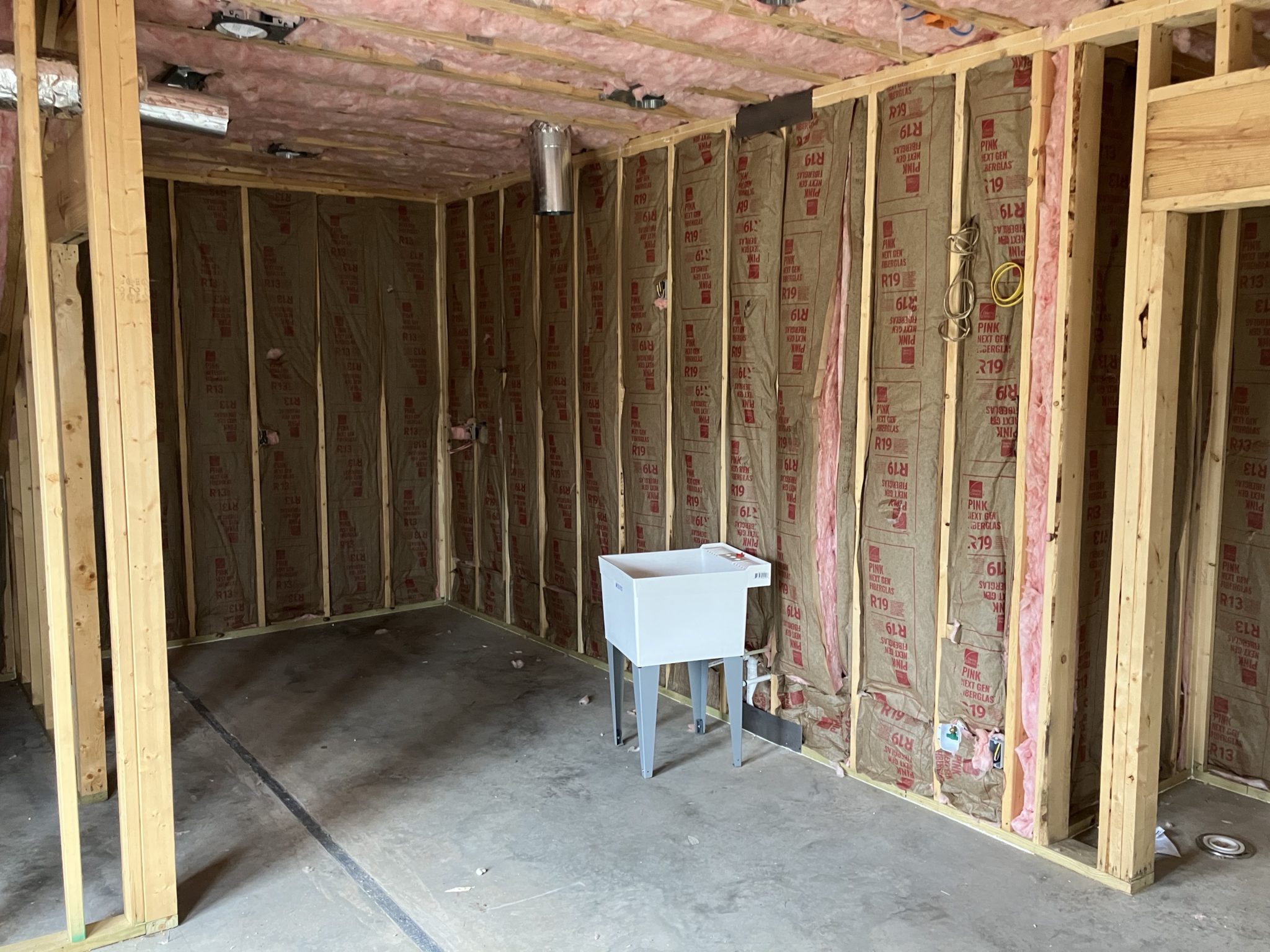Last year, we began an extensive remodel on our house. I’d been brewing in the garage, but the remodel called for building out the garage, and then adding on a new garage. With our architect at my command, I prescribed a dedicated brewery & taproom space at the back of the new garage, and thus began the (rather long) process of my latest brewery build.
Unfortunately, building out the existing garage meant packing up my brewing equipment, so I haven’t made a batch of beer in quite some time as this project has crawled along.
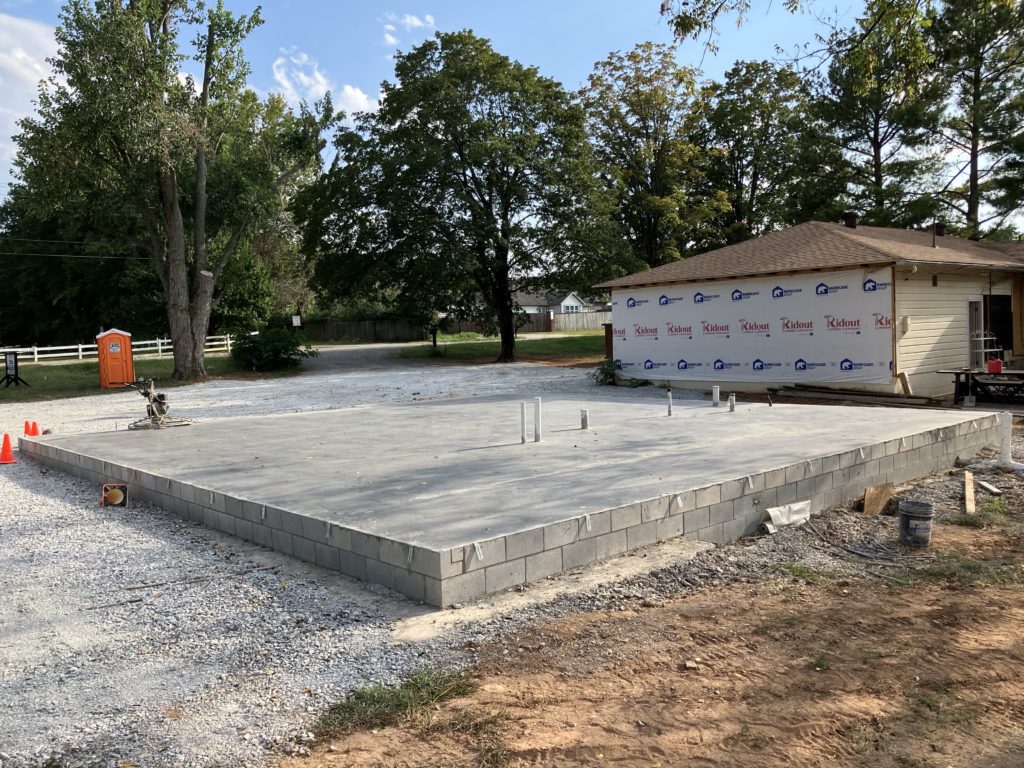
The brewery has a trench drain, which is probably the feature I’m most excited about. Being able to rinse things down and not having to worry about mopping up will make things so much easier on brew day.
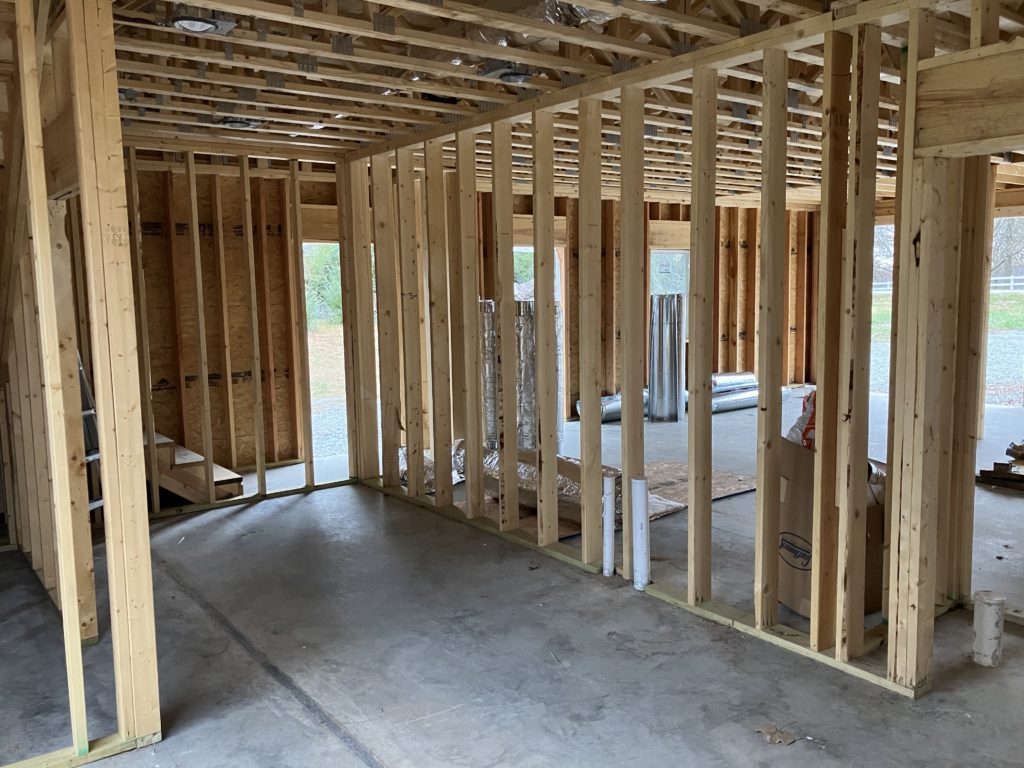
It’s not a huge space—less than 300 square feet—but that includes a storage closet and a restroom. Plenty of room to set up my brewing system, glycol chiller, keezer, and utility sink, plus space for a table and seating.
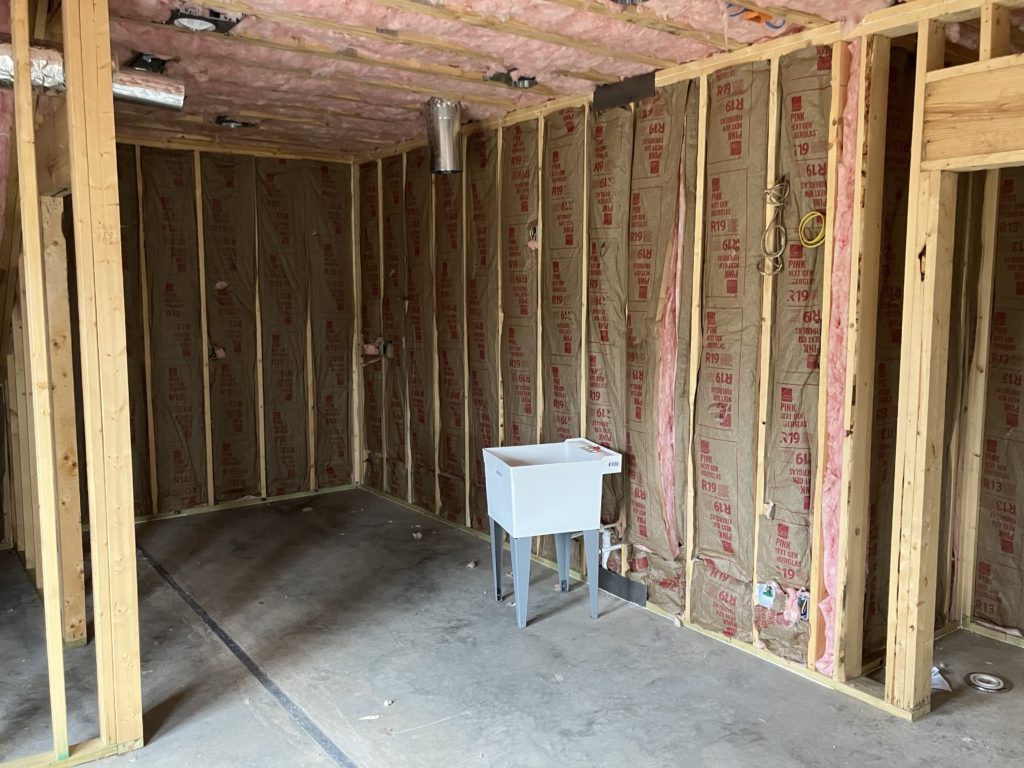
I had ducting installed for the exhaust fan: I sized up from the last fan I had and went with 8″ ducting for a 739 CFM fan. This gives me plenty of room to upgrade if I want to go with a bigger system. There’s also a fresh air intake with a damper to avoid any airflow issues with such a big fan.
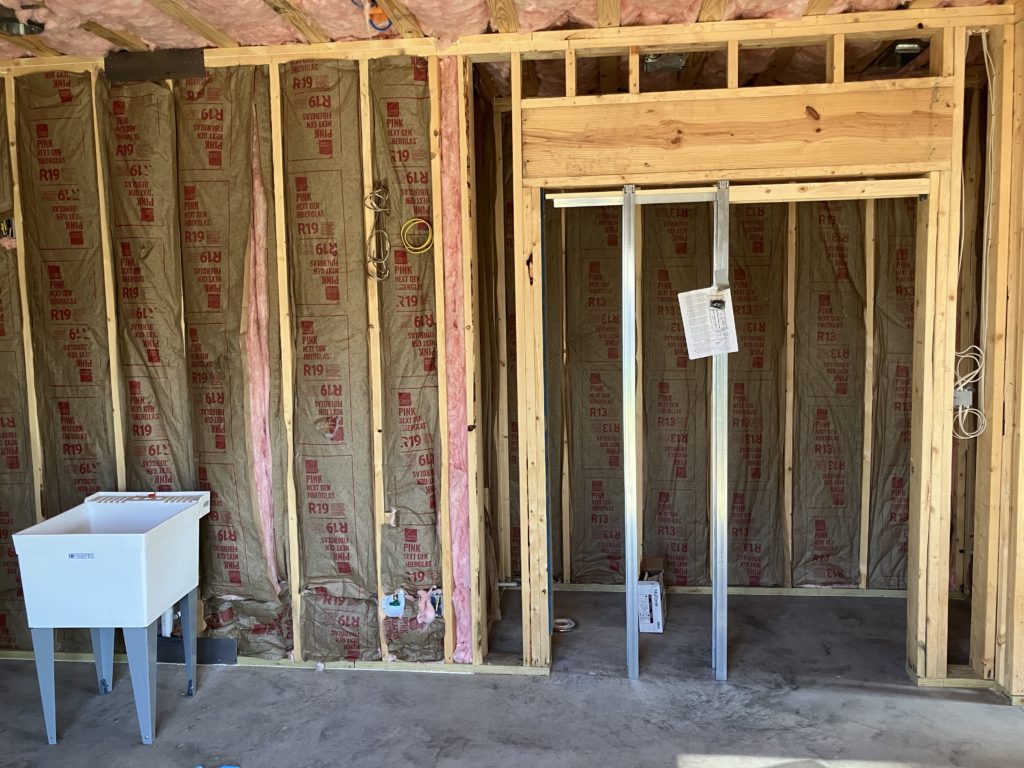
I wired a 50 amp circuit for the control panel, even though my system is built for 30 amps, in case I want to either size up to bigger batches or be able to run back-to-back batches. It’s so much easier to future-proof at this stage than to try to retrofit later.
I also put in plenty of lighting, ran a few Ethernet drops, and pre-wired for speakers both inside and outside. I spent a lot of time thinking about how I might want to use this space and tried to plan for a lot of potential future uses.
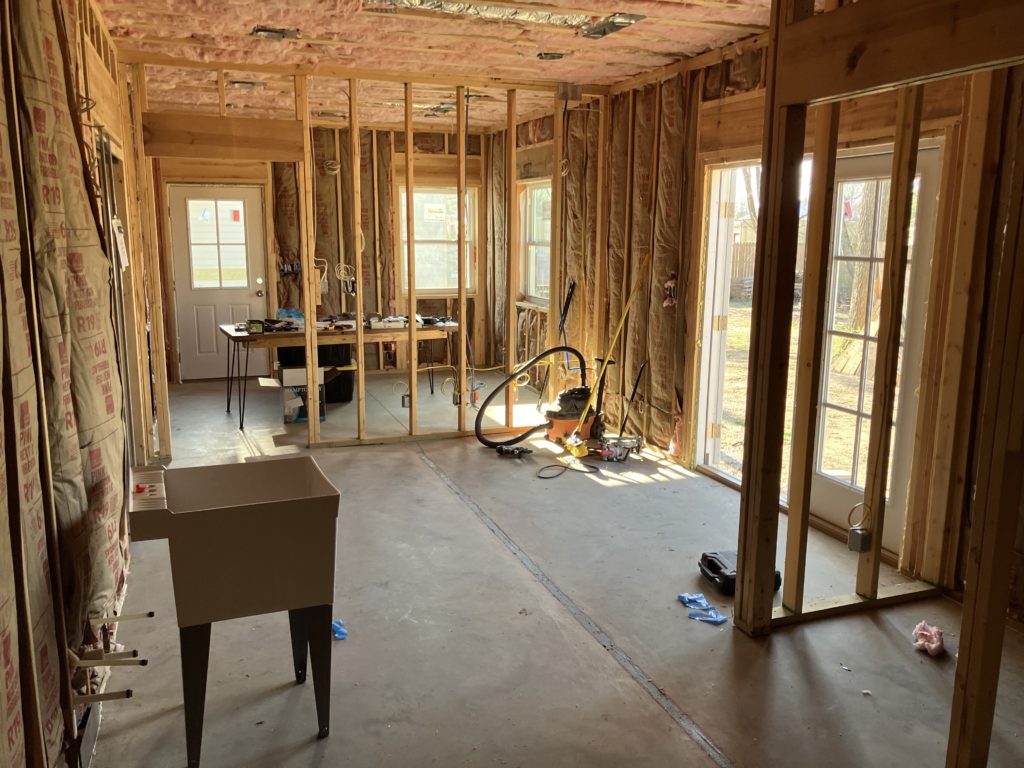
The brewery has double doors leading into the backyard, where there will eventually be a patio, extending the space for beer enjoyment during the warmer months.
It’s been much too long since I’ve last brewed (almost a year at this point!), but I’m very excited to have a dedicated area for brewing. Stay tuned for more updates as this project continues!

